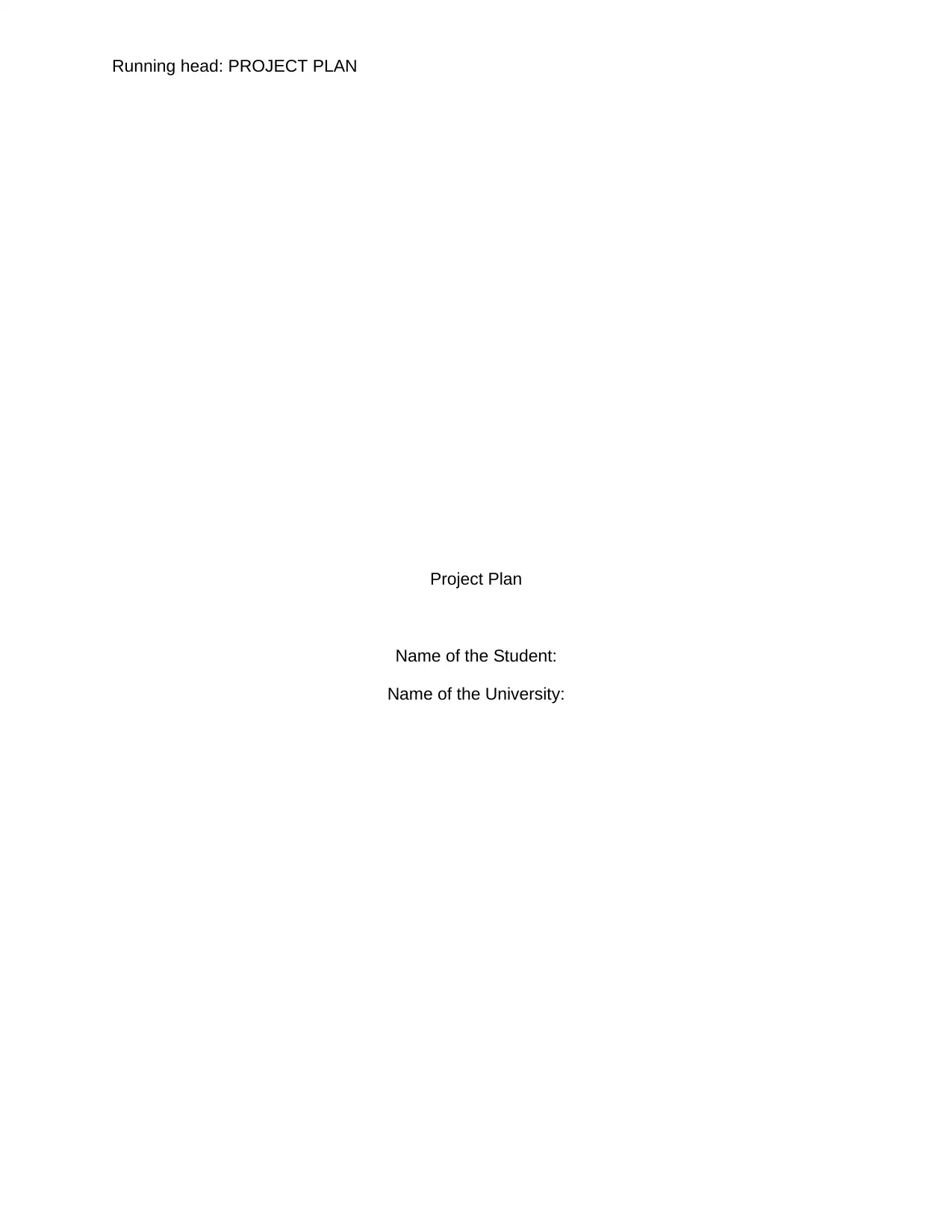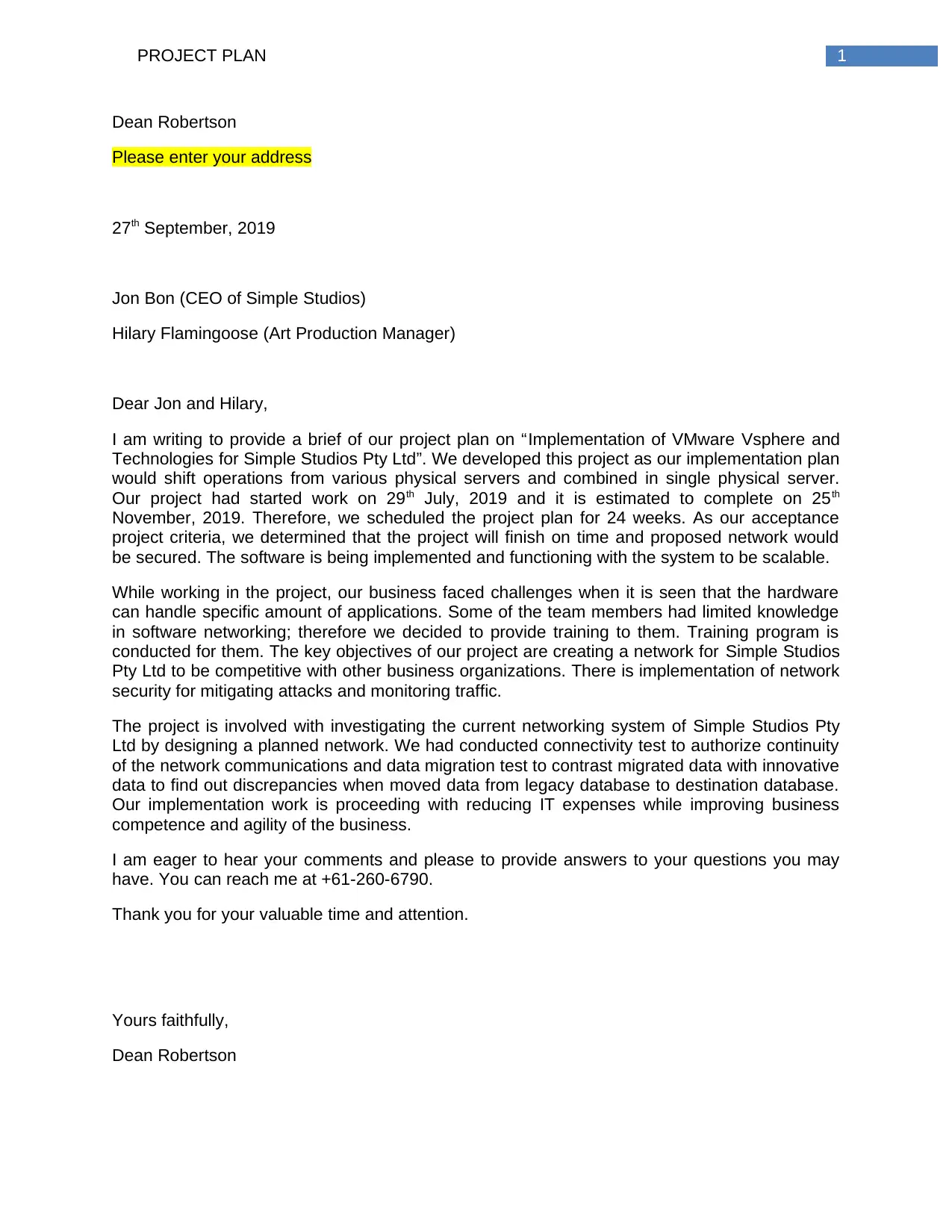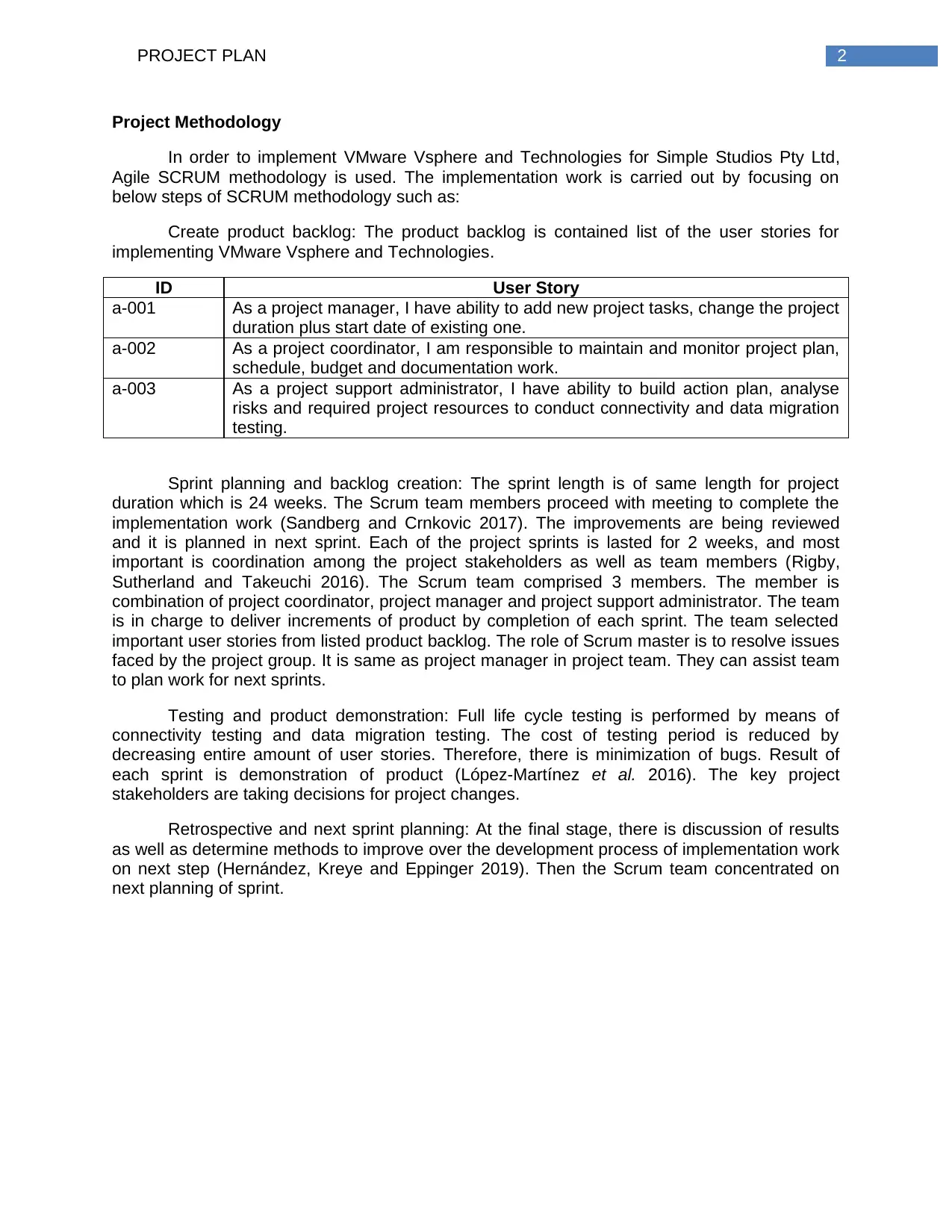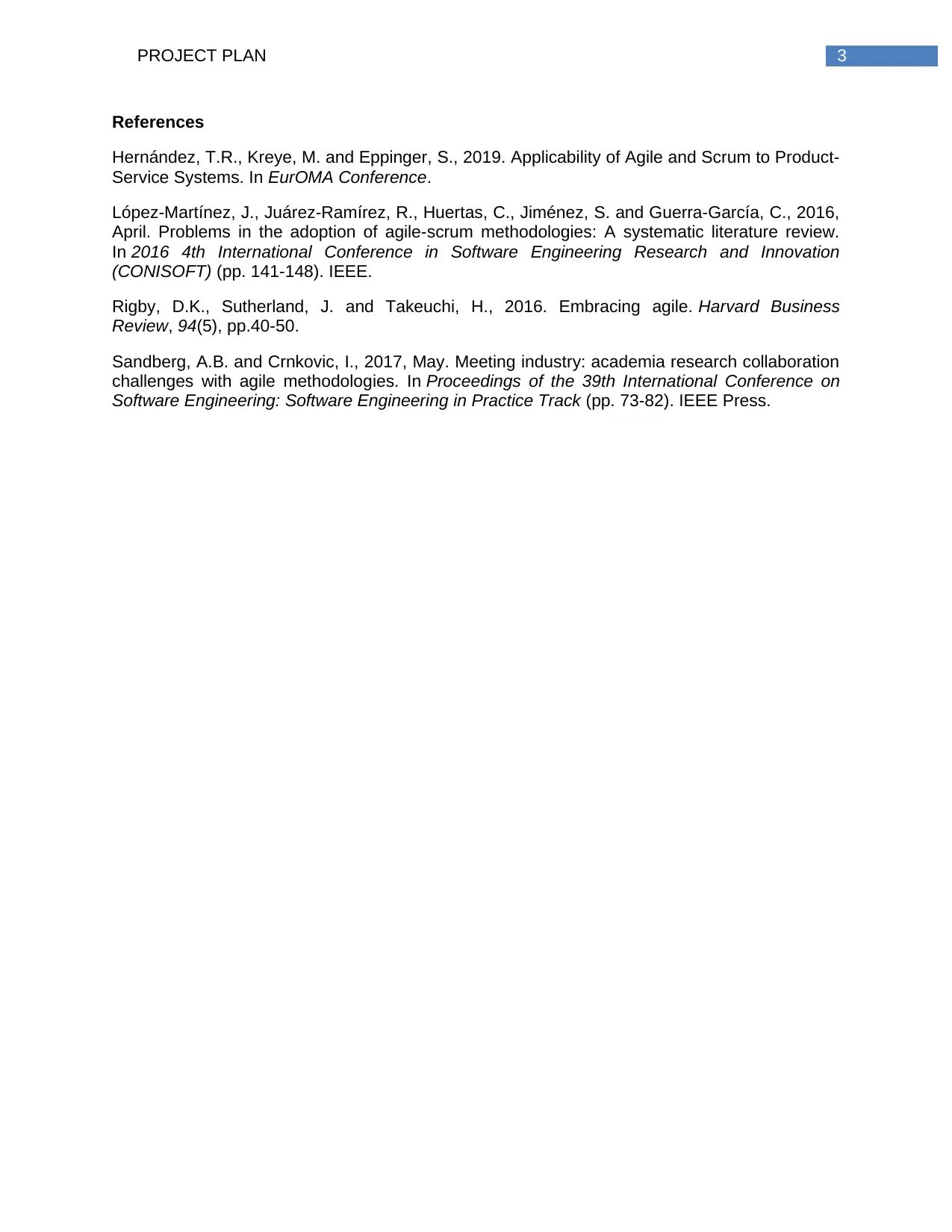Project Plan: VMware Vsphere Implementation for Simple Studios
VerifiedAdded on 2023/01/05
|4
|981
|46
Project
AI Summary
This project plan details the implementation of VMware Vsphere and related technologies for Simple Studios Pty Ltd, a graphic design company expanding its infrastructure. The plan, developed using Agile SCRUM methodology, outlines key objectives such as creating a competitive network, implementing security measures, and reducing IT expenses. The project, initiated on July 29, 2019, and scheduled for completion on November 25, 2019, involved connectivity and data migration testing. The plan includes a product backlog with user stories, sprint planning, testing procedures, and retrospective analysis. The project faced challenges related to hardware capacity and team knowledge gaps, which were addressed through training. The student's plan includes a project methodology, references, and a cover letter, providing a comprehensive overview of the project's scope, objectives, and execution strategy.
1 out of 4





![[object Object]](/_next/static/media/star-bottom.7253800d.svg)